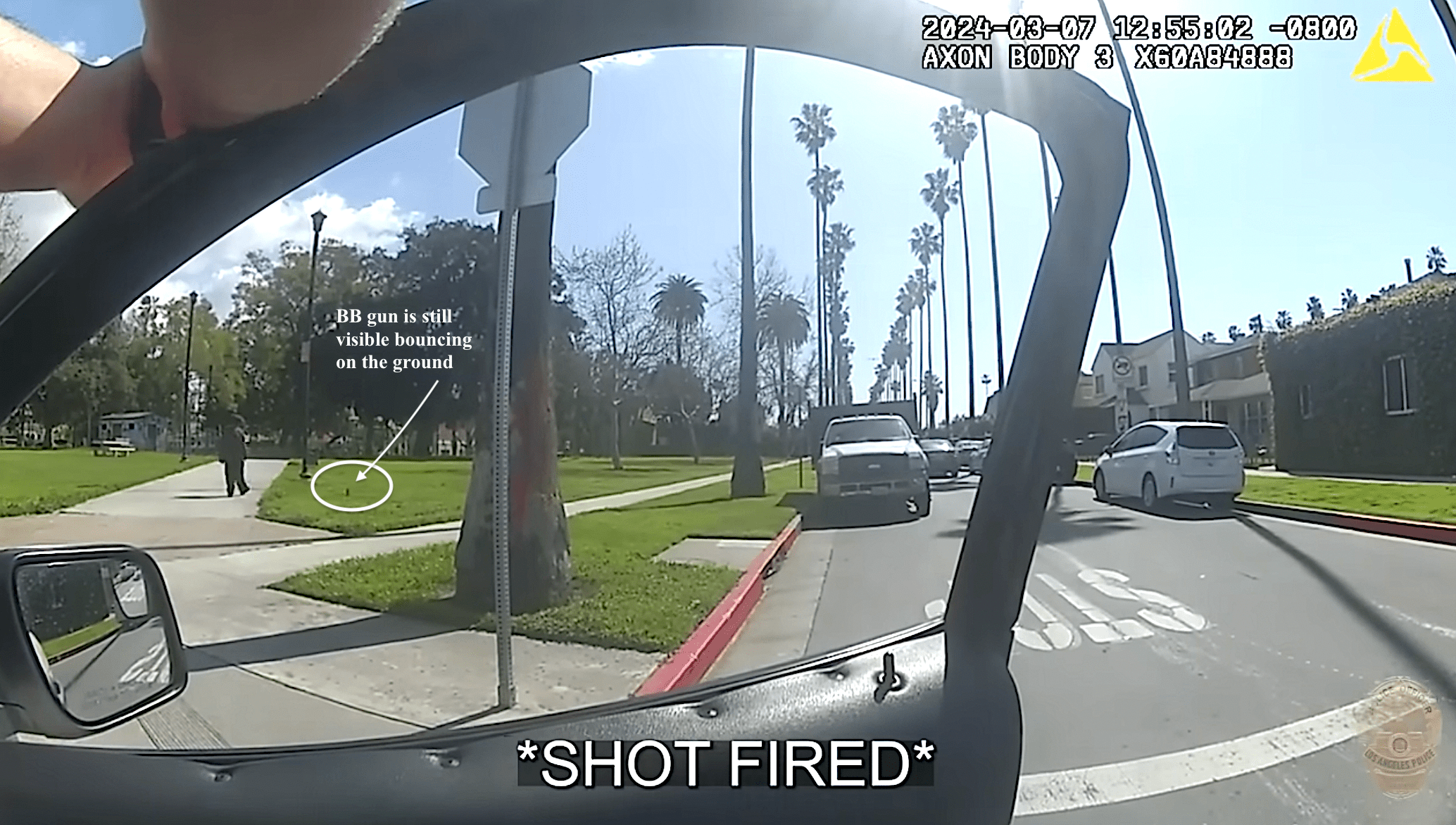Last week, the New York Times broke the news that Texas based oil companies were funding the ballot initiative that would "temporarily" place the Greenhouse Gas reforms required by A.B. 32 on hold until California's unemployment rate reached 5.5%. When discussing the news with some of my friends, it was greeted with a yawn. After all, this is hardly the first time an out-of-state interest has placed a lot of money behind a ballot proposition, and A.B. 32 spends a lot more time promoting clean fuel than it does human powered transportation or transit.
At first glance, their lack of concern has some validity. The California Legislative Analyst's Office doesn't even mention impacts to Smart Growth, transit, bikeways, Fix-It-First, or pedestrian improvements when discussing the impacts "postponing" the legislation would have. It does mention vehicle emission standards, "cap and trade," programs, and green jobs. In fact, when the state set targets for Land Use reductions in the Greenhouse Gas plan mandated by A.B. 32; it only plans for 1% of those reductions to come from land use.
While it's true that A.B. 32 has a lot more to do with bringing more clean cars to California than bringing Livable Streets, the legislation has also been the backbone of other major pieces of transportation reform. Among them, S.B. 375, is the much heralded "Anti-Sprawl" Bill passed last year. In a lengthy interview last May, Los Angeles City Planning Commissioner and Member of the Air Resource Board Michael Woo explained how S.B. 375 was reliant on a strong commitment to removing Greenhouse Gasses from our air:
SB 375 tackles a separate problem. Pavley’s landmark climate law AB 32 committedCalifornia to the goal of rolling back greenhouse gas emissions to1990 levels by the year 2020, but it didn’t really spell out how California isgoing to achieve that goal. SB 375 authoredby Senator Steinberg is the next step in terms of addressing one of the majorcauses of Greenhouse Gas emissions related to transportation and land use.
The other piece of legislation that grew out of A.B. 32 was California's Complete Streets legislation, A.B. 1358. While some worry that it lacks the teeth it needs to be a true game-changer, it does which require local governments to count all users of the
street when updating their general plans. Given that Los Angeles hasn't had an official bike count, i.e. one not done by an activist group, in years this will at least give Los Angeles the boost it needs to get this most basic building block of Livable Streets accounted for. The Transbay Blog has some of the details about how A.B. 1358 grew out of A.B. 32.
Passage of AB 1358 will help California fulfill AB 32’s mandates forreduction of greenhouse gas emissions, which General Plan updates mustnow take into account — and it will lead to the creation of morelivable streets throughout California.
Looking ahead, California will have many other debates over transportation, the environment, and land use. Writing for both L.A. and S.F. Streetsblog, Matthew Roth notes that the idea of charging California drivers a tax based on V.M.T. instead of gas taxes has gained whatever political traction it has because of the mandates of A.B. 32.
As the bill points out, accurate VMT data isessential not only for immediate compliance with the greenhouse gasreductions mandated in AB 32, but also for smarter regional planningand the reduction of sprawl mandated in SB 375.
The list of the inspiration legislators and civic leaders have drawn from A.B. 32 goes on and on. You can read more about this at the Chico News Review.
In short, the state's Greenhouse Gas legislation was never just about reducing vehicle emissions, as worthy a goal as that is. It's also about giving California the vision it needs to move into the future as a leader in green thinking, be it high-tech solutions, better urban planning, or just taking the time to count the people on our streets instead of their expensive pieces of personal property. Regardless of how it gets there, 2020 is now only ten years away and in the quest to reduce our emissions to the levels they were at in 1990; all cards are going to have to be on the table. It's repeal would be a blow, both psychological as well as political, to the efforts to mainstream the Livable Streets Movement.





